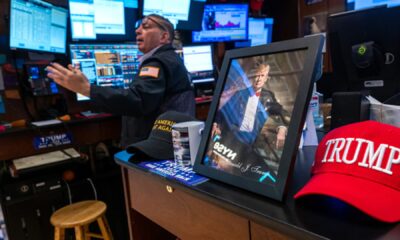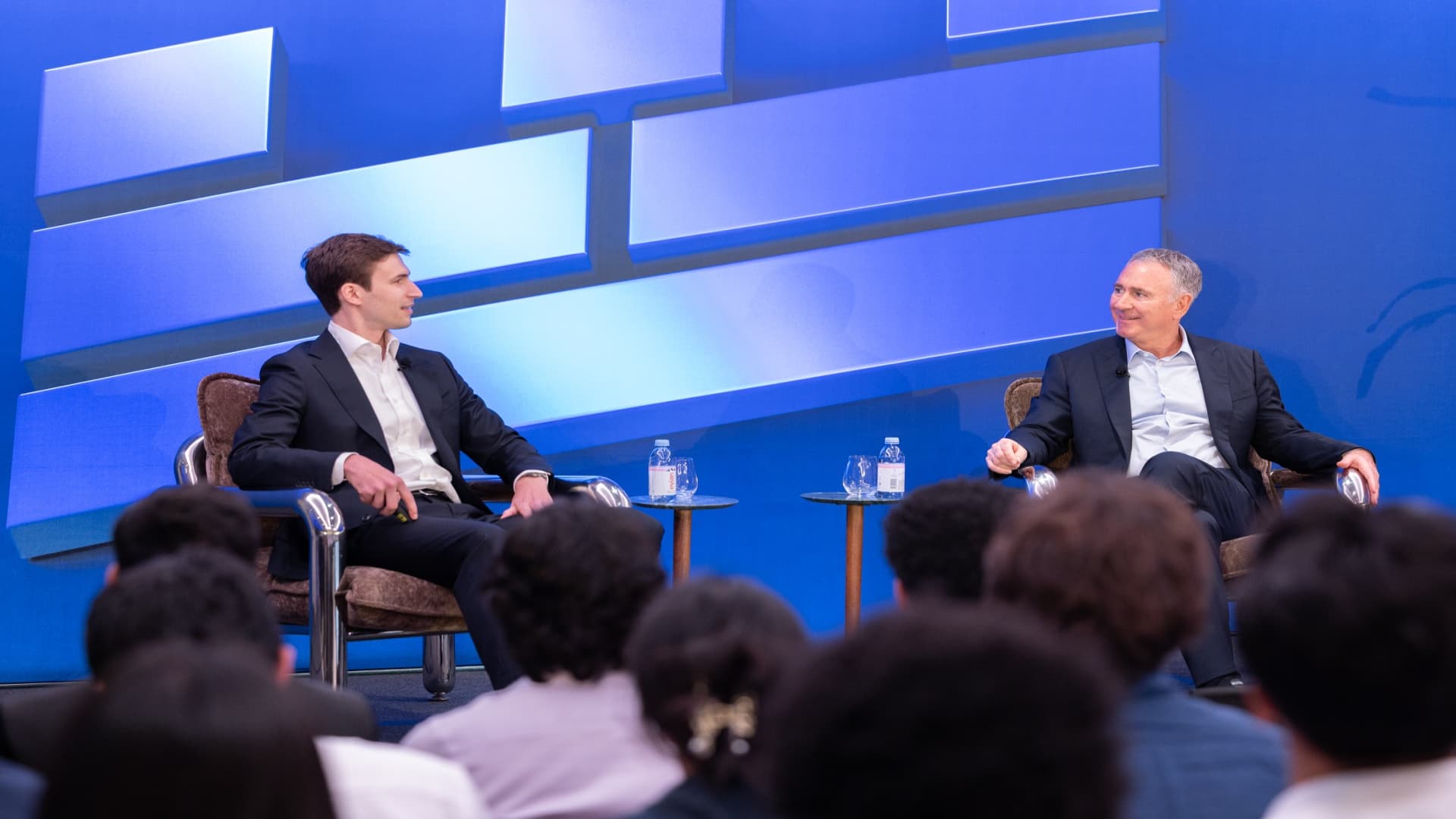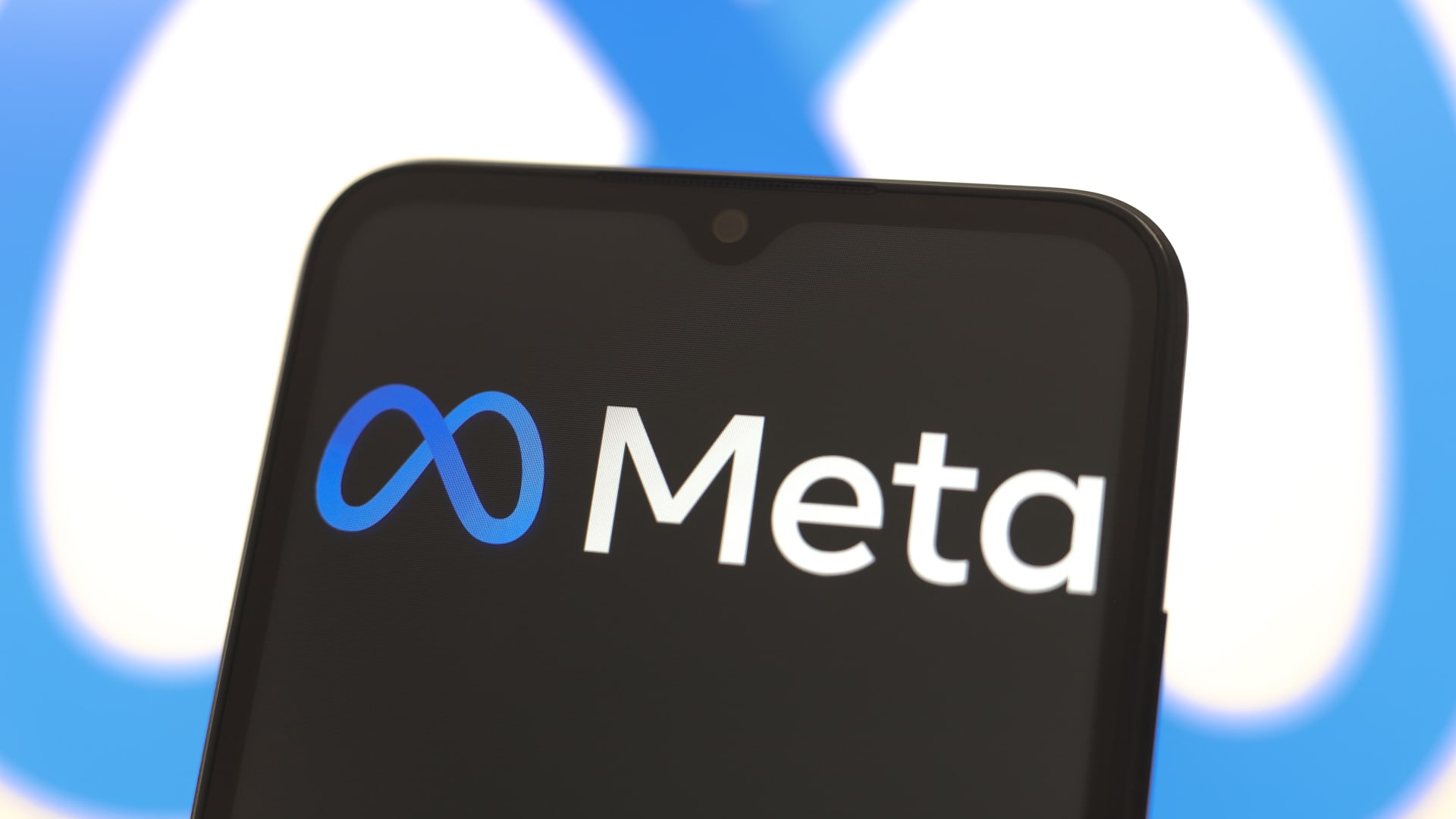Many student loan borrowers remain unaware of the benefits of income-driven repayment plans, a recent survey said. (iStock)
Many borrowers currently struggling with student loan payments would benefit from enrolling in an income-driven repayment plan, according to a recent Student Debt Crisis Center (SDCC) survey.
Roughly three out of four borrowers who make $75,000 or less annually and would benefit from the SAVE plan are not currently enrolled in the plan, the survey said. Moreover, 38% of these borrowers are at risk of defaulting on their student loan payments six months from now and could be missing an opportunity to find debt relief in existing programs.
President Joe Biden’s Saving on Valuable Education (SAVE) plan could lower borrowers’ monthly payments to zero dollars, reduce monthly costs in half and save those who make payments at least $1,000 yearly. This new IDR plan was announced after the Supreme Court struck down Biden’s student loan forgiveness plan.
“These survey results are a reflection of what borrowers have experienced these past six months since repayment restarted,” SDCC President and Founder Natalia Abrams said. “We have come so far in advocating for necessary relief to millions of borrowers, and seeing the Biden Administration act is great. However, communication of these vital resources is crucial so borrowers know help is available for them right now. If borrowers do not know the available resources, they will miss relief that can lower their monthly payments, cancel their debt entirely, and so much more.”
If you have private student loans, you could consider lowering your monthly payments by refinancing your loans to a lower rate. Visit Credible to speak with a personal loan expert and get your questions answered.
AMERICANS LIVING PAYCHECK TO PAYCHECK OWN 60% OF CREDIT CARD DEBT: SURVEY
Student loan servicers remain inaccessible
More than half of borrowers contacting their student loan servicers with questions about resuming payments came away with unanswered questions, according to the SDCC survey. Moreover, a quarter of borrowers don’t trust the information they get from their servicer, and 75% said the information they got was inaccurate or incomplete.
Every student loan borrower is assigned a loan servicer to help them navigate repayment options, including income-driven repayment (IDR), which can make payments more affordable.
In November, the Department of Education withheld $7.2 million in payment to student loan servicers over several billing errors that triggered a delinquency status for borrowers as repayments picked up again at the start of October. The department said that loan servicer MOHELA failed to send billing statements on time to 2.5 million borrowers, with some receiving them within only seven days of their payment date. Servicers are required to send billing statements to borrowers at least 21 days before their due date.
“I regularly hear from borrowers that they are experiencing inaccurate information or none at all from their loan servicers,” SDCC Managing Director Sabrina Calazans said. “As a student loan borrower myself, I know firsthand how frustrating and harmful these communication errors can be. Borrowers need more communications coming directly from the Department of Education, given their lack of trust in their respective service providers.”
If you’re having trouble making payments on your private student loans, you won’t benefit from federal relief. You could consider refinancing your loans for a lower interest rate to lower your monthly payments. Visit Credible to get your personalized rate in minutes.
SOCIAL SECURITY: COLA INCREASING BUT MEDICARE COSTS RISING TOO IN 2024
Billions in loans forgiven and a relief plan underway
Over $136 billion of student loans have been forgiven to more than 3.7 million Americans, even as the Supreme Court blocked Biden’s original plan for forgiveness.
The latest block of forgiveness impacts borrowers, such as teachers, nurses, firefighters, and other individuals who earned forgiveness after 10 years of public service, the White House said in a statement. As much as $5 billion of student debt will be forgiven under the latest announcement, bringing the total number of people who have gotten their debt erased to over 3.7 million Americans.
Starting in February, borrowers with as few as 10 years of payments who initially took out $12,000 or less for college had their remaining debts zeroed as long as they were enrolled in the SAVE plan. As many as 6.9 million borrowers have already enrolled in the SAVE Plan as of early January, with more than 3.5 million receiving at least $130 billion in student loan relief.
Additionally, the Biden Administration has doubled down on a new forgiveness plan. The plan seeks to bring relief for borrowers whose balances exceed what they originally borrowed, who first entered repayment long ago, who are eligible for relief but have not applied for it, or who attended programs or institutions that failed to provide sufficient financial value and financial hardships. Regulation for this plan could be ready by May, with enrollment opening as soon as this summer or fall, according to a recent Forbes article.
If you’re struggling with private student loan debt, you could consider refinancing to a lower interest rate. Visit Credible to speak with a student loan expert and get your questions answered.
SECURE 2.0: OPTIONAL PROVISIONS KICK IN TO HELP RETIREMENT SAVERS WITH EMERGENCIES AND STUDENT LOAN DEBT
Have a finance-related question, but don’t know who to ask? Email The Credible Money Expert at moneyexpert@credible.com and your question might be answered by Credible in our Money Expert column.

 Economics1 week ago
Economics1 week ago
 Accounting1 week ago
Accounting1 week ago
 Blog Post1 week ago
Blog Post1 week ago
 Personal Finance1 week ago
Personal Finance1 week ago
 Personal Finance7 days ago
Personal Finance7 days ago
 Personal Finance7 days ago
Personal Finance7 days ago
 Economics7 days ago
Economics7 days ago
 Finance1 week ago
Finance1 week ago










